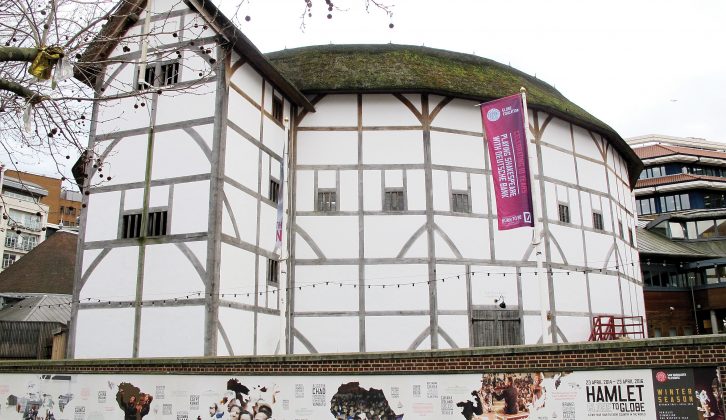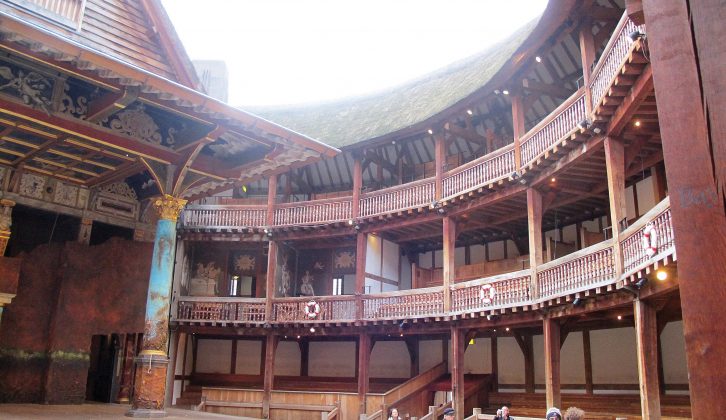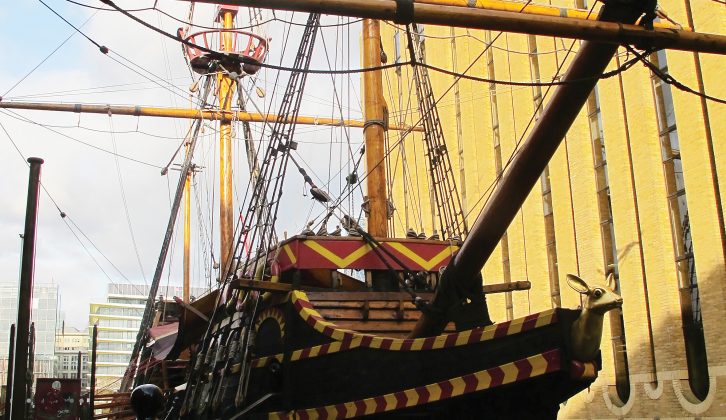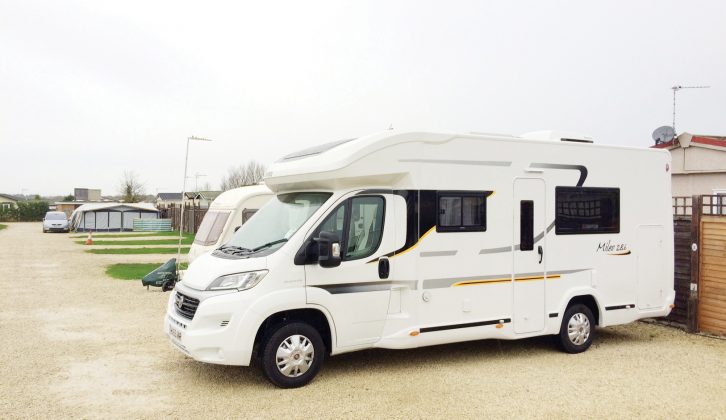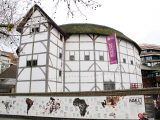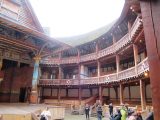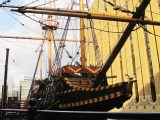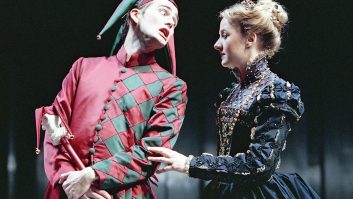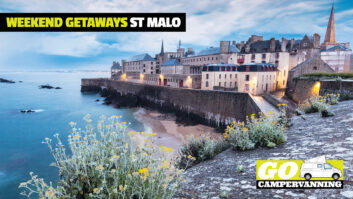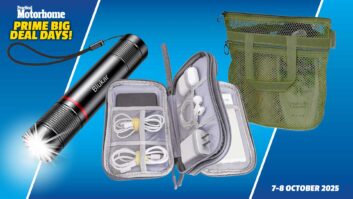People the world over are going Shakespeare-crazy in 2016, the 400th anniversary of his death. So we decided to head off in the motorhome to explore key locations in Britain that inspired the Bard’s timeless plays and sonnets. The obvious place to visit is his birthplace, Stratford-Upon-Avon, but before that we decided to start our tour in London.
The best way to visit our capital city is to choose one of the campsites near London (listed below) and leave your motorhome snugly hooked up until your return. Get to the nearest station, buy a one-day Travelcard (it covers buses and trains within central London) and jump on a train to London Bridge railway station. From there, you can enjoy carefree strolls westwards along the South Bank, the site of most of the action.
There were 21 Shakespearean theatres in London before the first of the English civil wars brought about the closure of all theatres in 1642. The most famous theatre is probably The Globe, which was funded and rebuilt under the direction of American actor and director Sam Wanamaker and opened in 1997.
A more recent collaboration has brought about the Shakespearean London Theatres project, which has pieced together the story of London’s theatres from the 1570s until their closure. The project reveals more about the theatre land that was the precursor to London’s West End today and offers walking maps of the theatres to download.
There are five Shakespeare-themed walking routes to choose from and, as well as theatres, they include the Bard’s residences while in London, churches that were important to the actors and public houses that hosted performances. The walks range in length from 45 to 90 minutes. The Globe is on route five – Southwark Cathedral to Bankside – and takes in the sites of four theatres. This is the one I chose.
Bankside’s colourful history
Southwark Cathedral is across the road from London Bridge Station and marks the beginning of a fascinating stretch of the South Bank of the Thames known as Bankside. In Shakespeare’s time the cathedral was the parish church of St Mary Overie, it then became St Saviour’s and wasn’t given cathedral status until 1905.
Today, Southwark Cathedral looks slightly incongruous among the modern buildings. In its south aisle is the recumbent figure of Shakespeare, carved in alabaster against a relief background of 17th century Southwark, depicting The Globe Theatre, Winchester Palace and the tower of St Saviour’s.
Above the carving is a gorgeous stained glass window depicting characters from the Bard’s plays – the comedies on the left and the tragedies on the right. Shakespeare’s younger actor brother Edmund is buried in the cathedral, along with playwrights John Fletcher and Philip Massinger. You could spend hours looking for these commemorative stones, but there are plenty of volunteers on hand to show you where they are.
Just around the corner is a magnificent replica of the Golden Hinde: Shakespeare may well have seen the original ship during his time in London. You can take a tour of the ship to see what life would have been like for an Elizabethan sailor.
In the Clink
My walk took me past the ruins of Winchester Palace, the grand London home of the Bishop of Winchester, built in 1144. Right next door is one of two gaols built in its grounds, the notorious Clink prison, where you can also make a tour of the grisly conditions endured. It was needed, because in Shakespeare’s time Bankside was a playground of theatres, pubs and brothels. This came about because area was was not subject to the same strict laws as the City of London, on the other side of the river.
I stopped for a quick bite of lunch at one of various cafés in the area before moving on to Park Street, where excavation has revealed the original site of the Globe. It is now flanked by housing, but the place is marked. Further along Park Street was the site of the first theatre to be built on Bankside, The Rose Theatre, whose foundations were discovered in 1989, and can be seen today on a guided tour.
I turned into Bear Gardens where The Hope Theatre was located. Bear-baiting was a popular leisure activity in Shakespeare’s time and the name of the road and a residential building, The Bear Pit, reflects this.
Take a tour of The Globe Theatre
At this point I decided to pop into Sam Wannamaker’s fantastic replica of The Globe Theatre to secure a ticket for the last tour of the day, before continuing on my walk, which took me past Tate Modern to Hopton Street and the site of the last theatre of my tour, The Swan. The building that stands there now is an ugly, 1970s office building. In fact, you’d be hard pushed to find anything on this side of the river that Shakespeare would have recognised.
He would have been pleased, though, with the facsimile of The Globe. Many years of research went into the building, including using the construction methods of the 16th century, although health and safety has obviously been taken into consideration. The water-reed roof, for example, has water sprinklers running around its length in case of fire. As he showed us around, our guide quoted speeches from plays that illustrated how the Bard would set the scene, rather than relying on physical scenery, because the theatres of the time would have been putting on a different play every night.
Health and safety restricts the maximum number of people to 1100 but in Shakespeare’s time up to 3000 would see a single performance at The Globe, which illustrates how popular theatre was at the time.
The Globe exhibition illustrates the theatre’s journey from conception to performance and it’s fascinating to see the attention to detail in the costumes and props.
From London to Stratford-Upon-Avon
After this, I headed to Stratford-Upon-Avon, and you’ll be able to follow our full Shakespeare tour in the June issue of Practical Motorhome, on sale from 6 April.
I’m sure that William Shakespeare could never have envisaged that his plays would still be performed 400 years after his death – and all over the world. It’s interesting to imagine whether they will still be staged (and if so, how) 400 years hence?
Campsites near London
When you visit London, you could choose one of the following campsites.
Lee Valley Campsite, Sewardstone Road, Chingford, London E4 7RA. Tel 020 8529 5689. Open 1 March-31 January.
Lee Valley Camping and Caravan Park, Meridian Way, Edmonton, London N9 0AR. Tel 020 8803 6900. Open all year.
Abbey Wood Caravan Club Site, Federation Road, London SE2 0YW. Tel 020 8311 7708. Open all year.
Walton on Thames Camping and Caravanning Club Site, Fieldcommon Lane, Walton-on-Thames, Surrey KT12 3QG. Tel 01932 220 392. Open 24 March-31 October.
Check our our South-East England travel guide for more ideas of places to stay and things to see near London.
In Shakespeare’s time up to 3000 would see a single performance at The Globe
